- Connecting audio
- Audio PC
- Raspberry & Co
- All in Ones
- Bluetooth
- Chromecast
- Streaming audio player
- Music server
- USB Audio
- Real-time audio over IP
- FireWire DAC
- Multi-channel DAC
- NAS
- Remote control
- Vinyl rippers
- Acoustic materials
- Active crossover
- Active speakers
- Single driver speakers
- Invisible speakers
- Sound card
- Digital room correction
- Headphone
- Portable media players
Drivers
Dynamic
Most of the time the drivers are dynamic.
This is the moving coil speaker we know for almost hundred years (Rice/Kellogg1924).
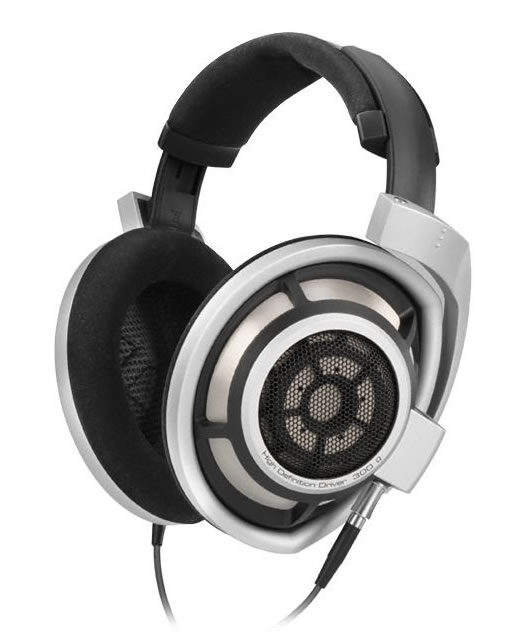
Sennheiser HD 800
Balanced armature
This is a very small driver.
Perfect for a IEM (In Ear Monitor)
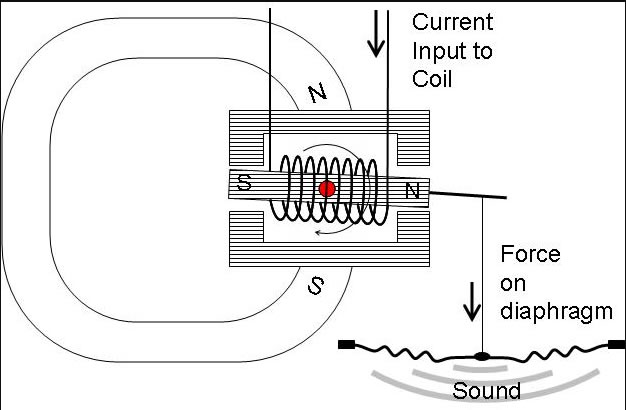
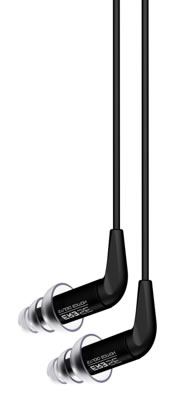
Etymotic ER3SE IEM with balanced armature
Planar magnetic
This is known as ribbons in the speaker world.
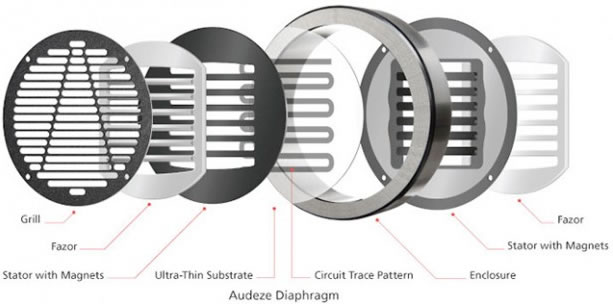
Instead of a coil there is a thin foil hanging close to magnets.
The magnetic field created by the current flowing through the foil makes it move towards or away of the magnets.
As there is quite a gap between foil and magnets, efficiency is in general low.
The magnets make them heavy as well.
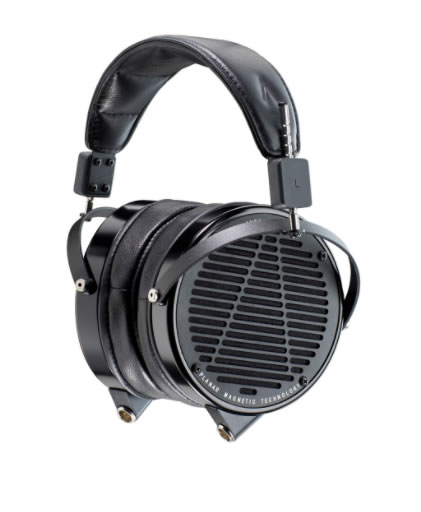
Audeze LCD X planar magnetic headphone
Electrostatic
Quad ELS was the first commercially successful speaker using the electrostatic principle.
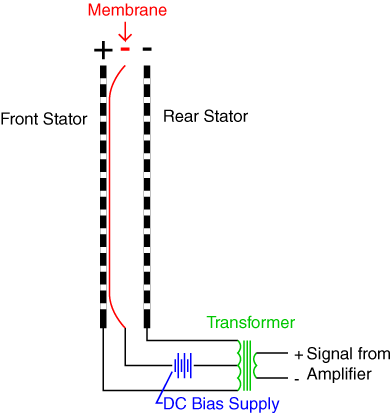
A static loaded foil is moved between two stationary stators depending on the polarity of the stators.
As the foil is loaded, it requires a special amp supplying the bias load ( 300V most of the time)
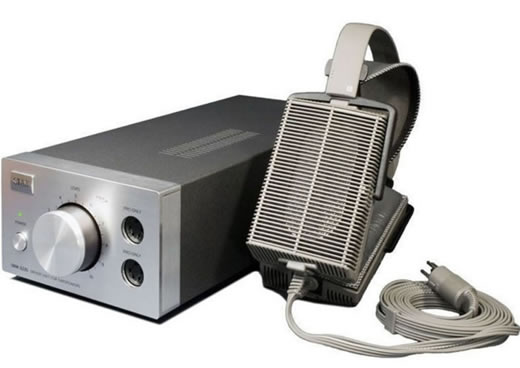
Stax electrostatic headphone and amp.
AMT
If the former owner of Adams audio starts a new company called HEDD and creates a HEDDhone you expect an Air Motion Transformer, don't you.
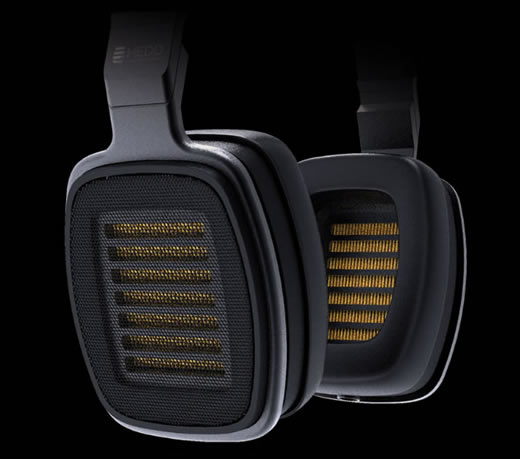
Bone conduction
It leaves your ears completely free. Even your eardrum is bypassed as the vibrations travel through your cheekbones straight to the cochlea.
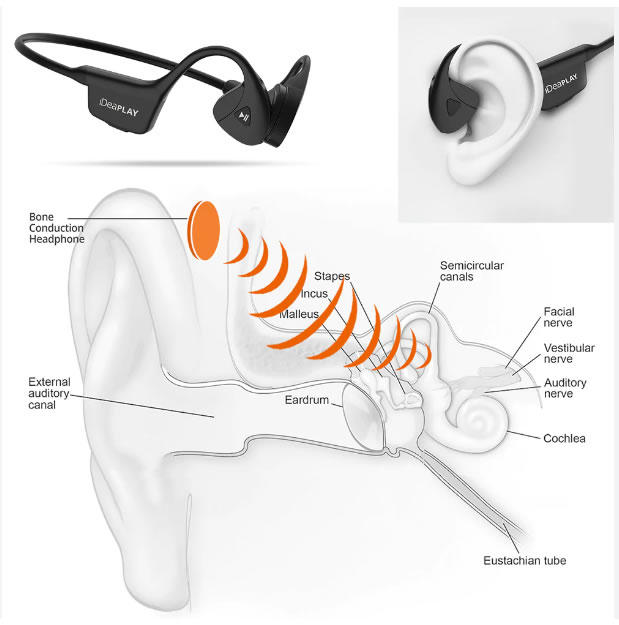
- 5 Types Of Headphone Drivers That You Should Know - headphonesty
- How Headphone Dynamic Drivers Work - Tyll Hertsens
- How Planar Magnetic Headphone Drivers Work - Tyll Hertsens

